Blockchain, a distributed ledger, lets numerous parties record transactions without a central authority, this impact has spread to virtual asset trading. In this article, we’ll learn how blockchain is changing the landscape of virtual asset trading.
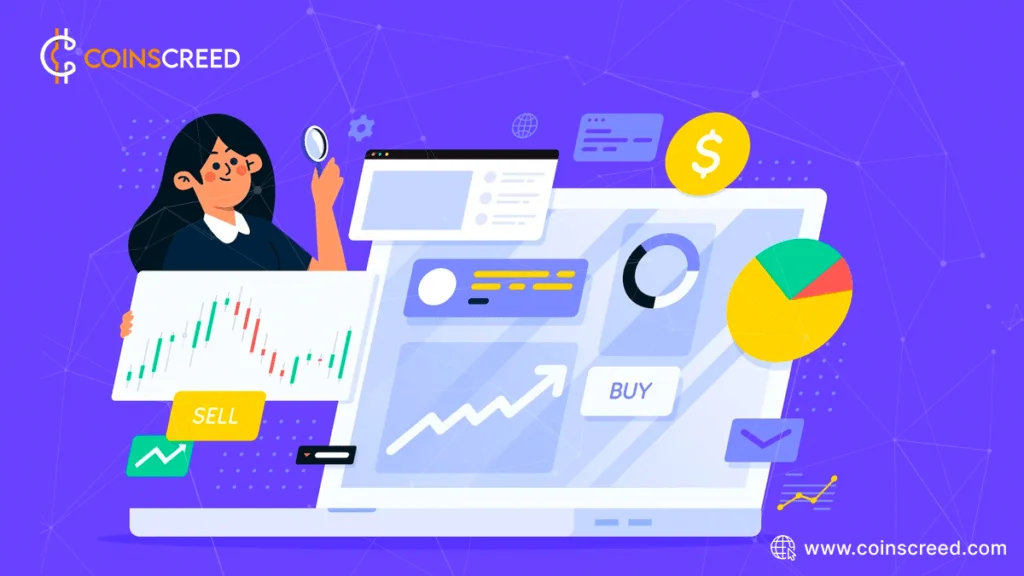
Potential benefits associated with virtual assets are numerous. They have the ability to streamline the payment process, reduce transaction fees, and broaden access to banking services for individuals currently underserved.
But as beneficial as these assets can be, they can also become a virtual safe haven for criminal and terrorist financing if they are not properly regulated. The terms blockchain, bitcoin, crypto assets, and virtual currencies are all part of a new lexicon defining cutting-edge methods of sending money instantly across borders.
Financial markets may be drastically altered by the rapidly developing blockchain and distributed ledger technology. However, the anonymity they provide draws in individuals who wish to evade law enforcement.
Virtual Asset Trading
What is a Virtual Asset?
A digital depiction of an item that can be considered valuable in a certain setting is referred to as a virtual asset. This medium of exchange or property can be traded, transferred, or used for the purposes of payment or investment through the use of digital technology.
Examples of Virtual Assets
Here are some examples of virtual assets;
- Bitcoin (BTC)
- Ethereum (ETH)
- Litecoin (LTC)
- Ripple (XRP)
- Tether (USDT)
Bitcoin (BTC)
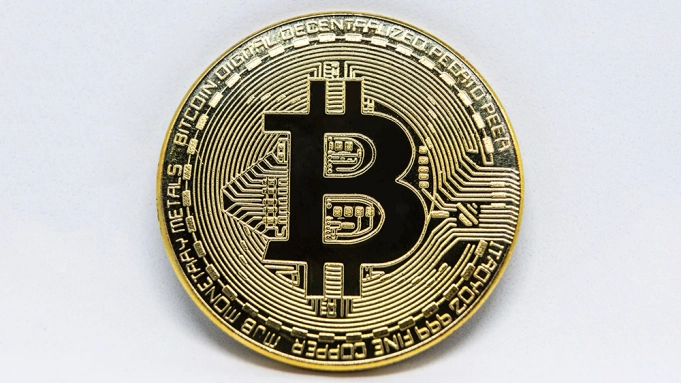
Bitcoin, the first and most well-known virtual asset, was founded in 2009 by an individual or group of individuals using the pseudonym Satoshi Nakamoto. Bitcoin was the first virtual asset ever produced. Bitcoin is a cryptocurrency that uses a decentralized network, and transactions are validated by a distributed network of nodes that are linked to the blockchain.
Ethereum (ETH)

ETH is a decentralized blockchain platform that facilitates the construction of smart contracts and decentralized apps (dApps). Ethereum was created by Vitalik Buterin, who is also known as the “father of blockchain.” The platform is powered by a digital asset known as Ether (ETH), which is also the medium of exchange for fees associated with transactions and other services provided by the Ethereum network.
Litecoin (LTC)
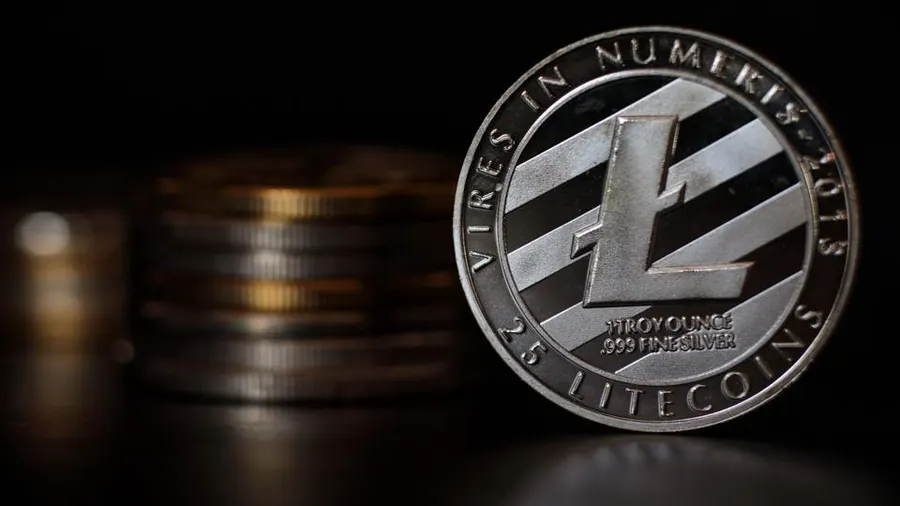
Litecoin is a digital asset that was invented in 2011 by Charlie Lee, who had previously worked as a developer for Google. Litecoin is a cryptocurrency that functions on a decentralized network and utilizes a one-of-a-kind mining algorithm known as Scrypt. This algorithm is intended to be resistant to the use of ASIC mining hardware.
Ripple (XRP)
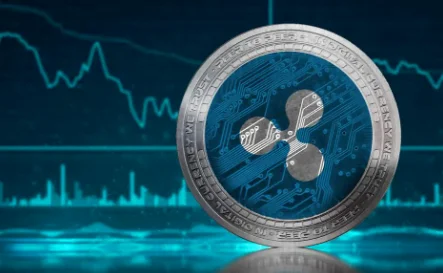
Ripple is a digital asset that runs on a payment protocol that is built on blockchain technology. Ripple is also known as “Ripple.” The XRP virtual asset is used to support transactions made possible by the Ripple network, which enables payments to be made across borders in a quick and secure manner.
Tether (USDT)
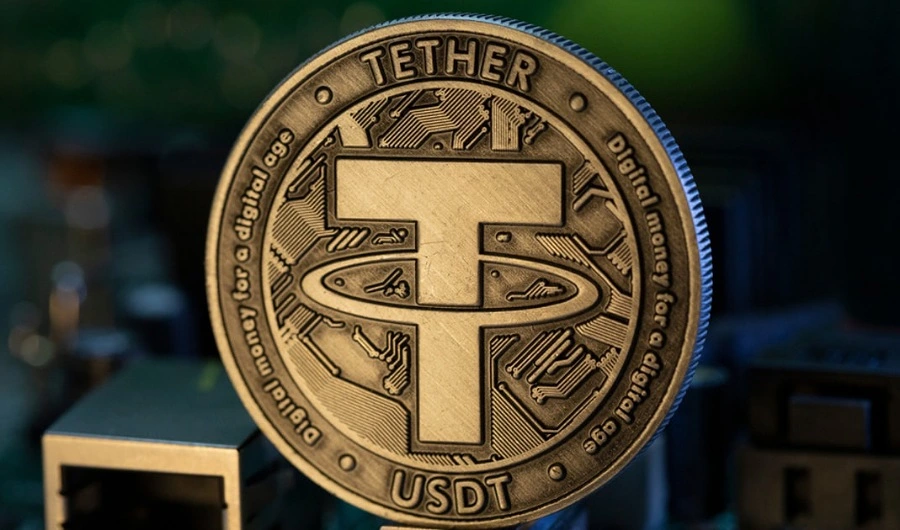
This is a stablecoin, which implies that its value is tied to a stable asset such as the US dollar. Tether is a cryptocurrency that uses the USDT symbol. Tether is a cryptocurrency that functions on a decentralized network but is designed to replicate the predictable behaviour of traditional currencies.
Virtual Asset Trading
The transaction of purchasing and selling of digital currencies or tokens on a platform designed specifically for virtual asset trading is referred to as virtual asset trading, which is also known as cryptocurrency trading. BitcoinMarket.com was the first platform that allowed for the trade of virtual assets when it debuted in March 2010.
Trading virtual assets has been increasingly popular over the past several years, and a growing number of people as well as institutions are investing in various cryptocurrencies. The market for cryptocurrencies witnessed a major boom in 2017, with Bitcoin reaching an all-time high of nearly $20,000 before the end of the year. This resulted in an increase in people’s interest in trading virtual assets, which led to the establishment of new platforms and exchanges to satisfy the rising demand.
Nevertheless, trading virtual assets has also been met with considerable obstacles, including increased governmental scrutiny and worries regarding security. There have been a number of high-profile breaches and frauds in the business, and as a result, several governments have established legislation in an effort to safeguard investors and prohibit unlawful actions.
In spite of these problems, the trading of virtual assets continues to expand and advance, with new technologies and platforms emerging to simplify the process of buying, selling, and trading digital assets. Trading virtual assets is likely to become more common and integrated into conventional financial institutions as blockchain technology continues to evolve over time.
Impact Of Blockchain On Virtual Asset Trading
Trading in virtual assets has been significantly influenced by the technology known as a blockchain, which has the potential to completely alter the process by which virtual assets are purchased and traded. The following are some of the ways that blockchain technology is changing the landscape of virtual asset trading:
- Decentralization
- Transparency
- Security
- Efficiency
- Tokenization
Decentralization
Blockchain technology makes it possible to have a trading system for virtual assets that is decentralized, which means that there is no governing body that is in charge of monitoring and regulating the transactions. Because of this, trade in virtual assets can now take place directly between users, eliminating the need for third-party brokers.
Transparency
Transparency is achieved through blockchain technology, which keeps a public ledger of all of the transactions that take place on the network. This ensures that there is no fraudulent behaviour of any kind because all parties engaged in the transaction are able to witness and verify the transaction themselves.
Security
Trading virtual assets is made far more secure because of blockchain technology’s high level of encryption. Due to the fact that the technology is decentralized, there is a significantly reduced risk of it being hacked or used fraudulently.
Efficiency
Trading virtual assets could become substantially more efficient thanks to the implementation of blockchain technology. The elimination of the need for intermediaries enables the completion of transactions in a swift and secure manner, leading to reduced transaction fees and a reduction in the amount of time required for settlement.
Tokenization
Blockchain technology has made it possible to tokenize virtual assets, which means that these assets may now be represented on the blockchain as digital tokens. This was made possible because of the tokenization feature. This makes it possible to trade smaller units of assets and participate in fractional ownership arrangements.
Limitations Blockchain Faces In Virtual Asset Trading
While there are many positives to using blockchain technology for trading digital assets, there are also certain drawbacks that should be taken into account. Some of the main drawbacks of using blockchain for trading virtual assets are as follows:
- Scalability
- Regulatory challenges
- Security Vulnerability
- Lack of interoperability
- Adoption challenges
Scalability
Scalability is one of the most significant challenges presented by blockchain technology. It is possible for the network to get congested as more transactions are added to the blockchain. This can result in longer wait times for transactions as well as increased fees. Because of this, the pace and volume of trading virtual assets on the blockchain may be slowed down.
Regulatory challenges
Another drawback of blockchain technology in the trade of virtual assets is the absence of regulatory certainty, which presents a number of issues. The fact that many governments have not yet developed clear legislation around the use of blockchain for trading virtual assets might generate uncertainty for investors and impede the adoption of the technology.
Security Vulnerability
Even though blockchain technology is usually regarded as being quite secure, there have been reports of instances of security flaws in blockchain-based virtual asset trading platforms. Hackers are able to take advantage of these flaws in order to steal virtual assets, which makes security a primary concern.
Lack of Interoperability
The inability to transfer virtual assets between multiple platforms due to interoperability and standardization issues that exist between different blockchain networks. Trading virtual assets might become more challenging as a result of this, particularly in terms of achieving the desired amount of liquidity and accessibility.
Adoption Challenges
Finally, blockchain technology is still very new and technical, which can limit acceptance and use by investors and traders who are not familiar with the technology. This can be a challenge because the technology is still relatively new and sophisticated.
Summary
In conclusion, blockchain technology is completely reshaping the landscape of virtual asset trading by making it possible to conduct transactions in a way that is both decentralized and efficient.
The immutability and transparency of the blockchain make it a perfect solution for confirming ownership, allowing peer-to-peer transactions, and enabling fractional ownership of virtual goods.
These three goals can all be accomplished using blockchain technology. There is a huge amount of potential for blockchain technology to increase the availability and liquidity of virtual assets, and it is quite likely that we will continue to see innovation and progress in this sector.
There is no question that as blockchain technology advances, it will unquestionably have a huge impact on the manner in which we trade virtual assets as well as the whole financial sector as a whole.
